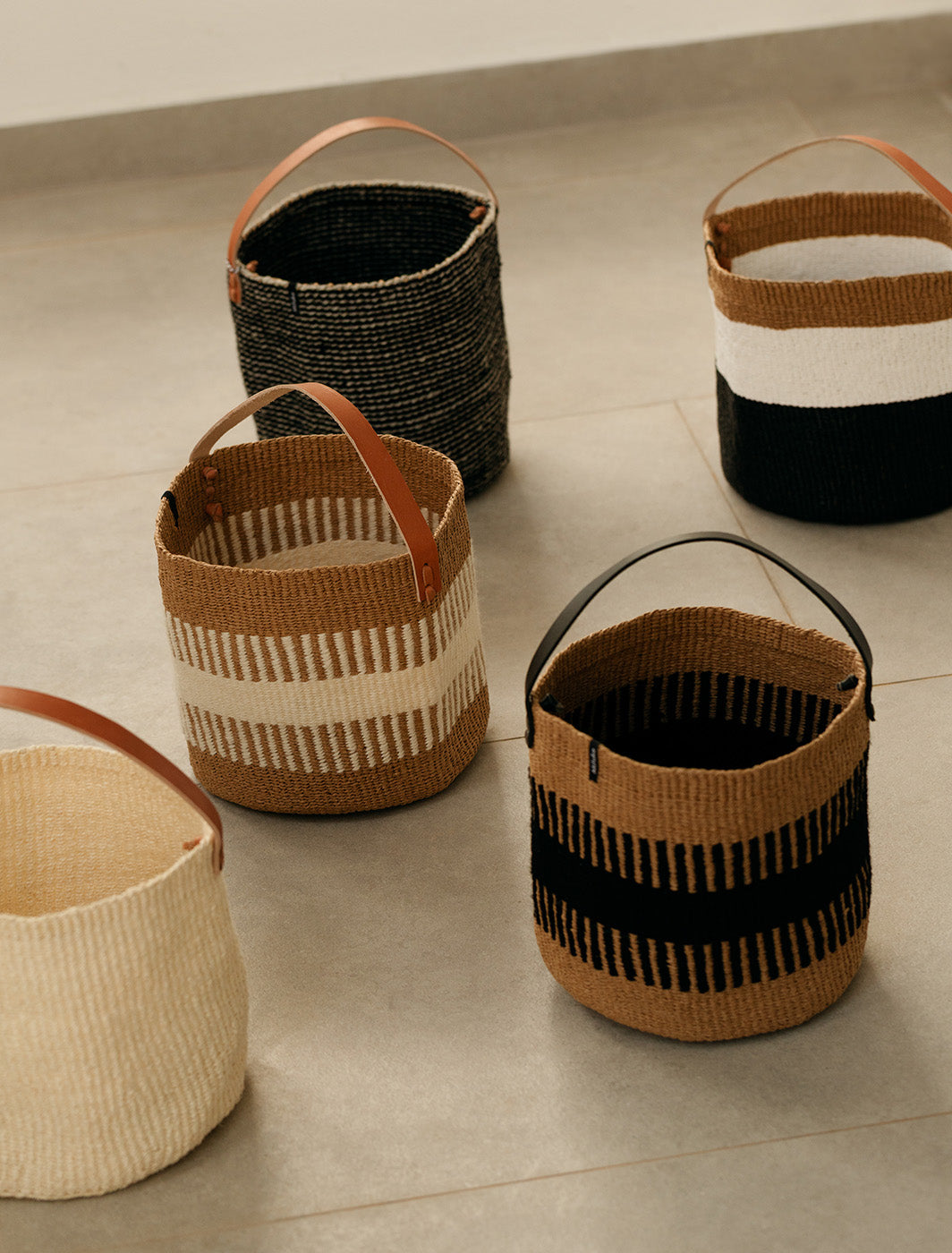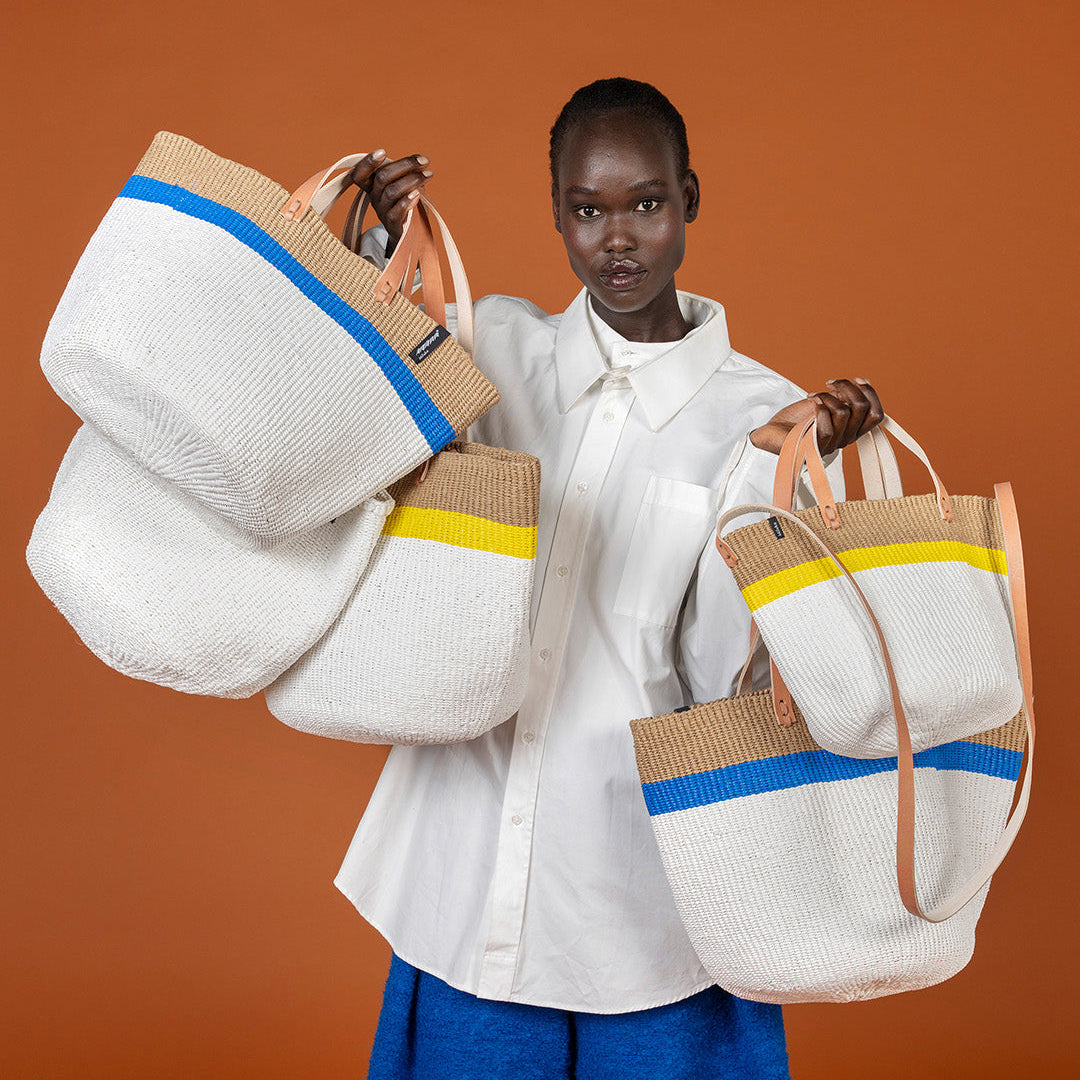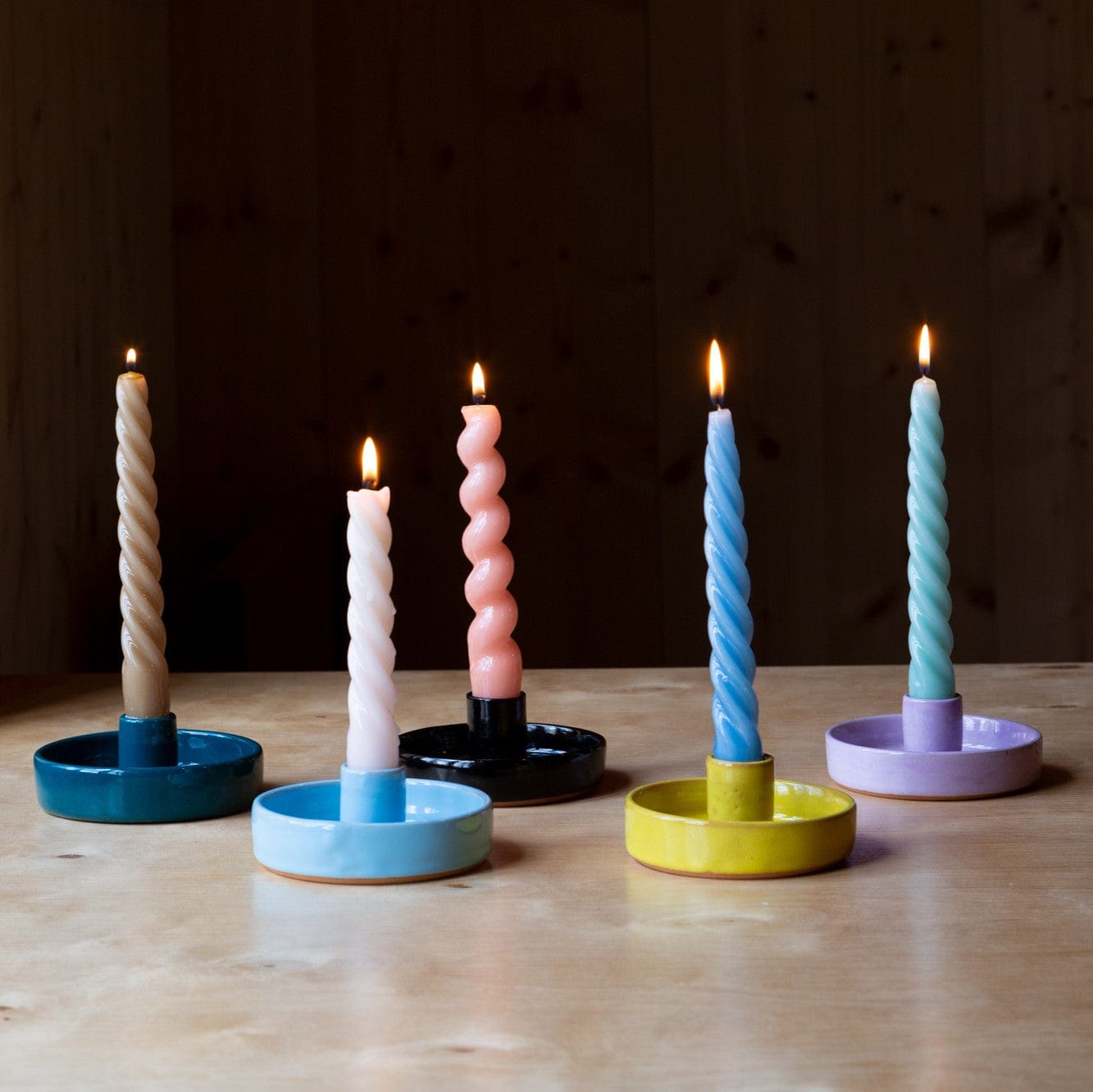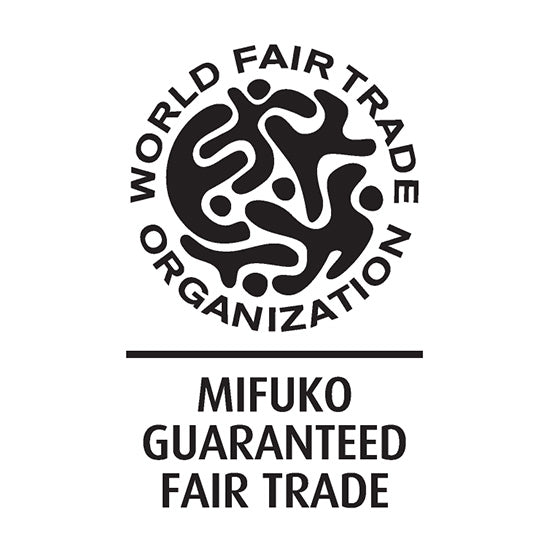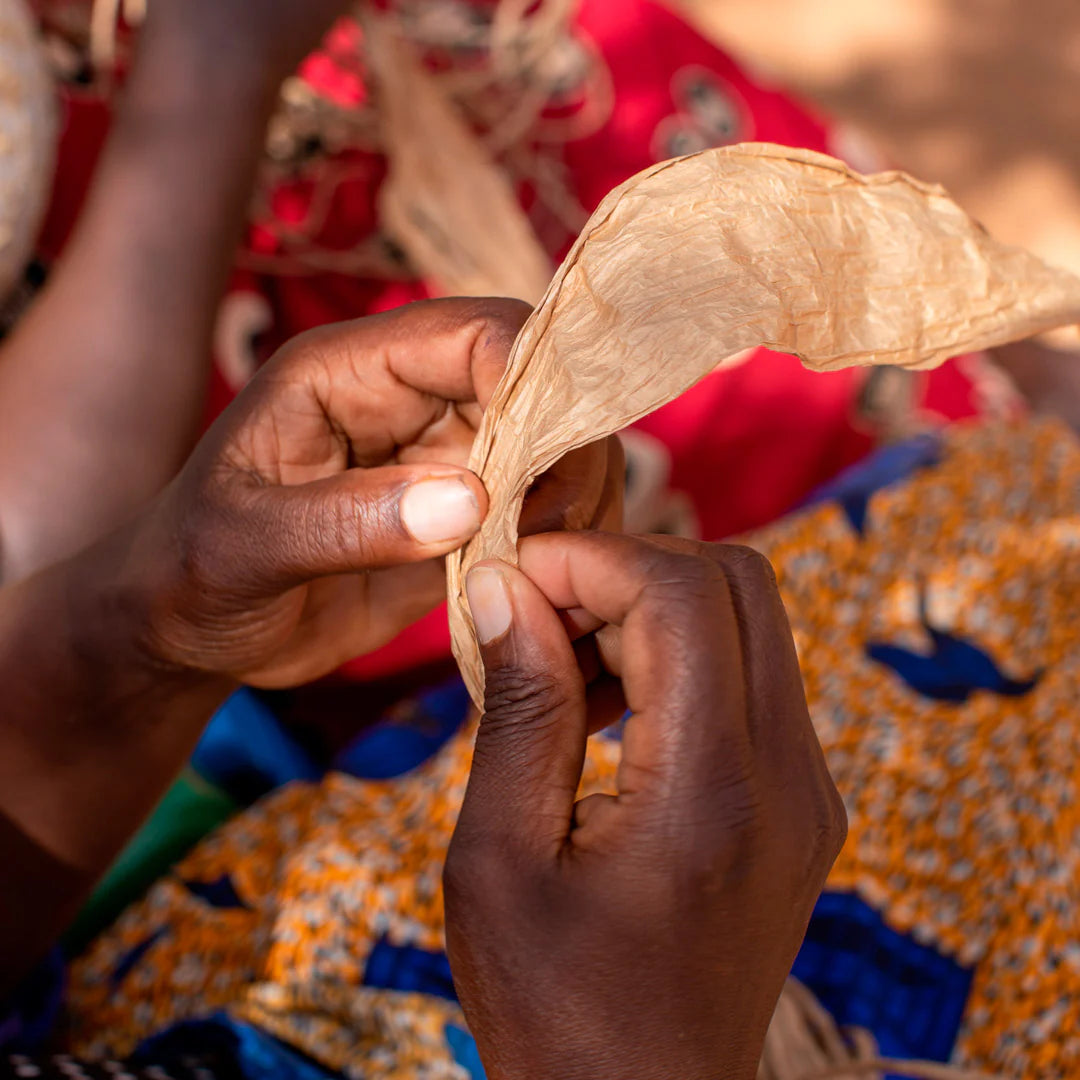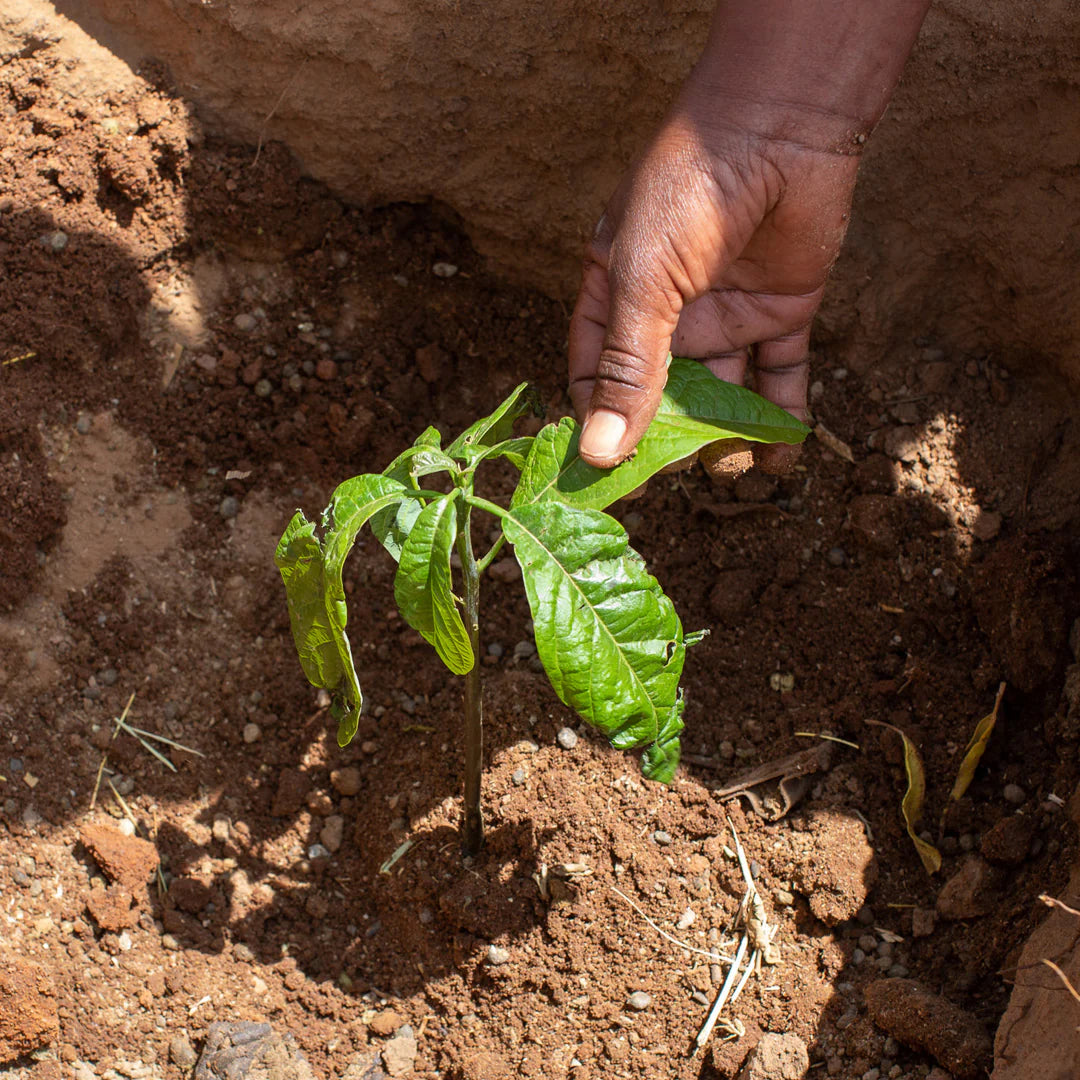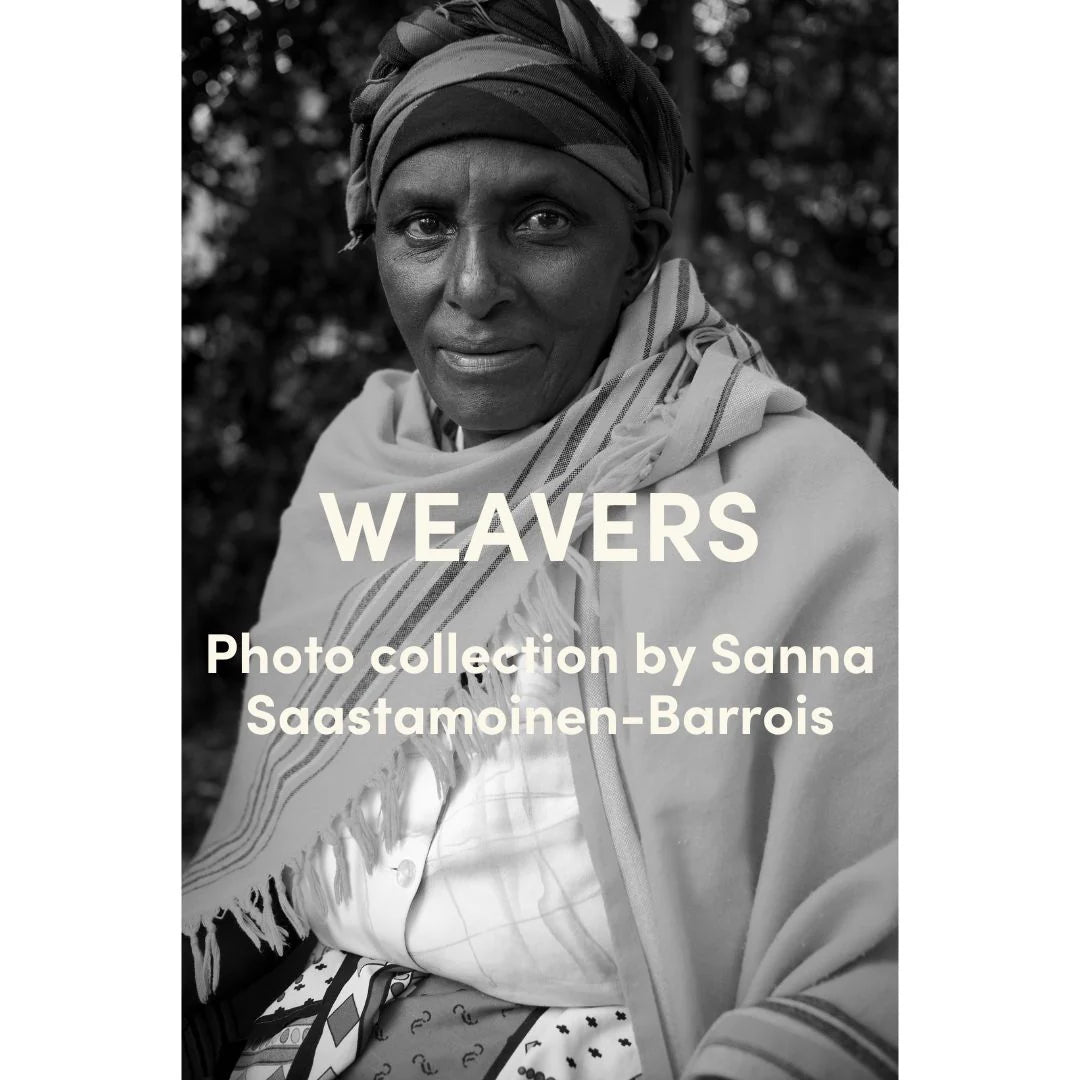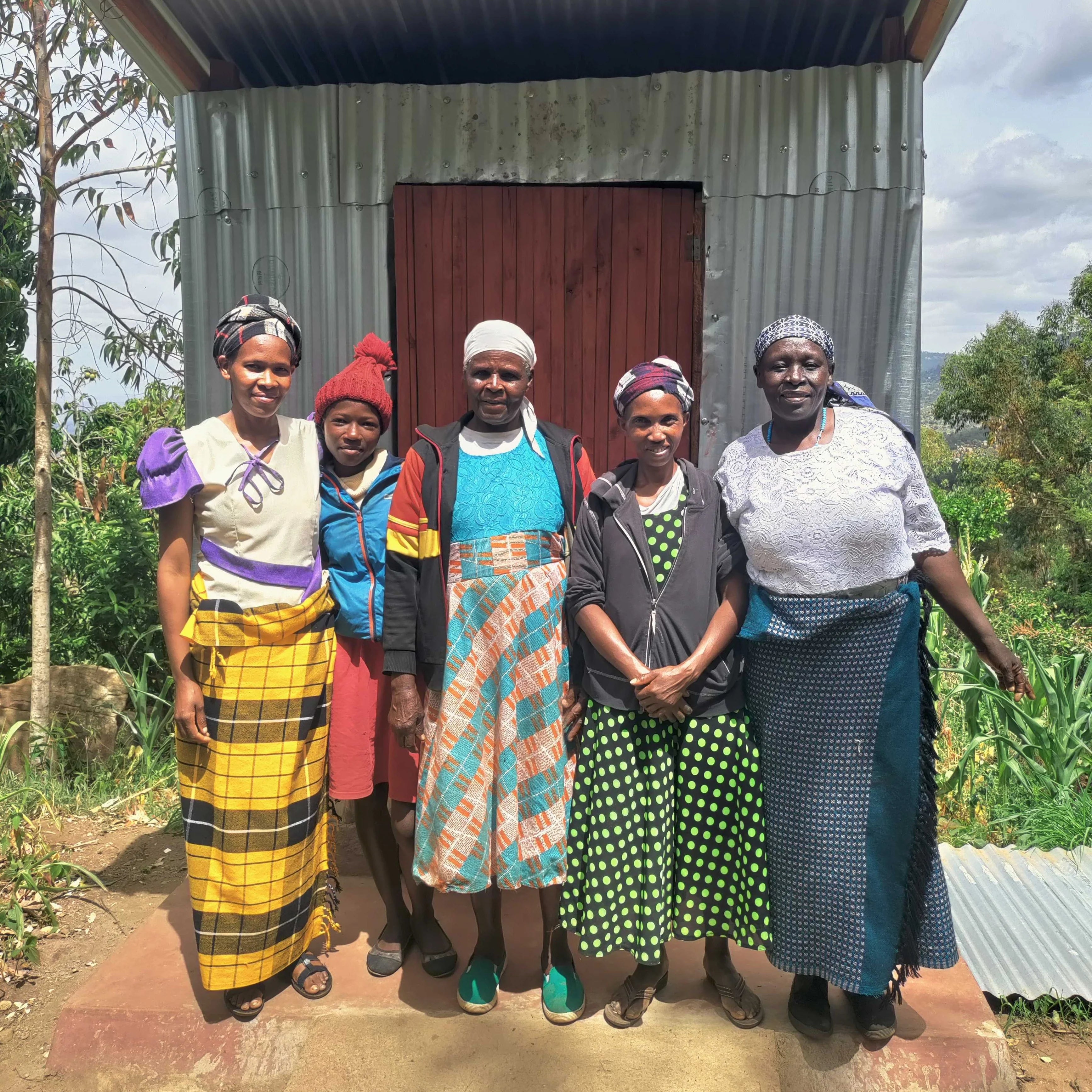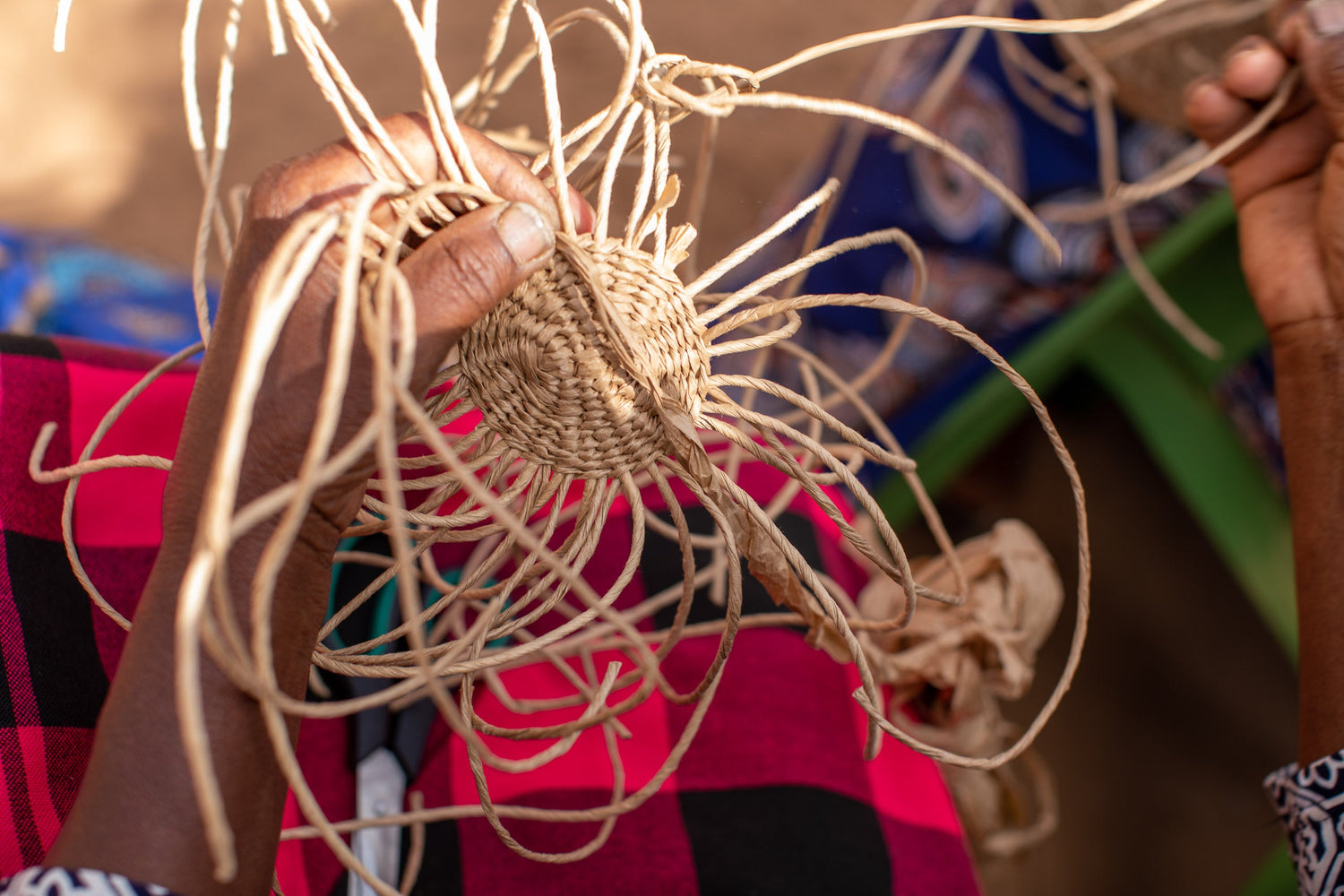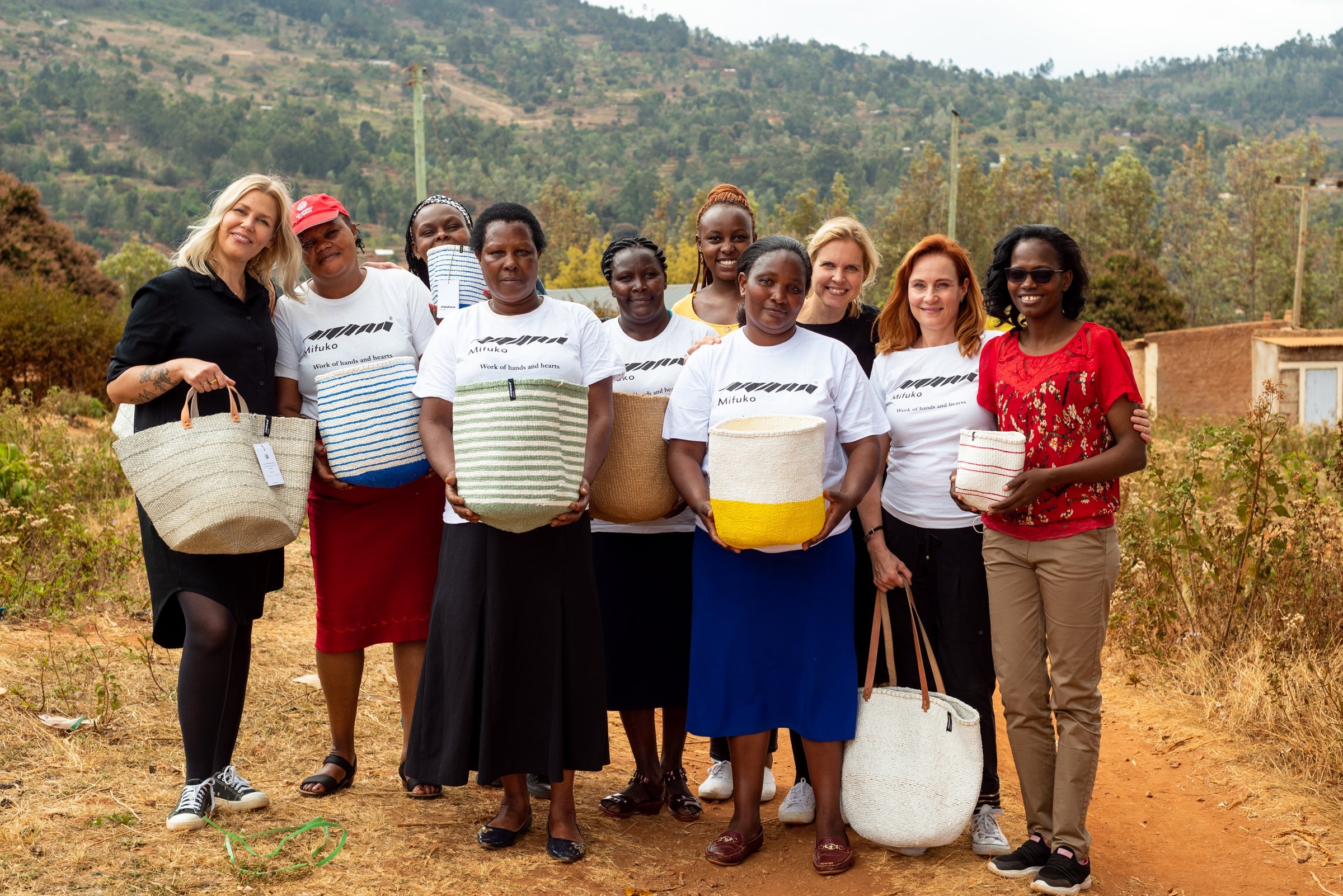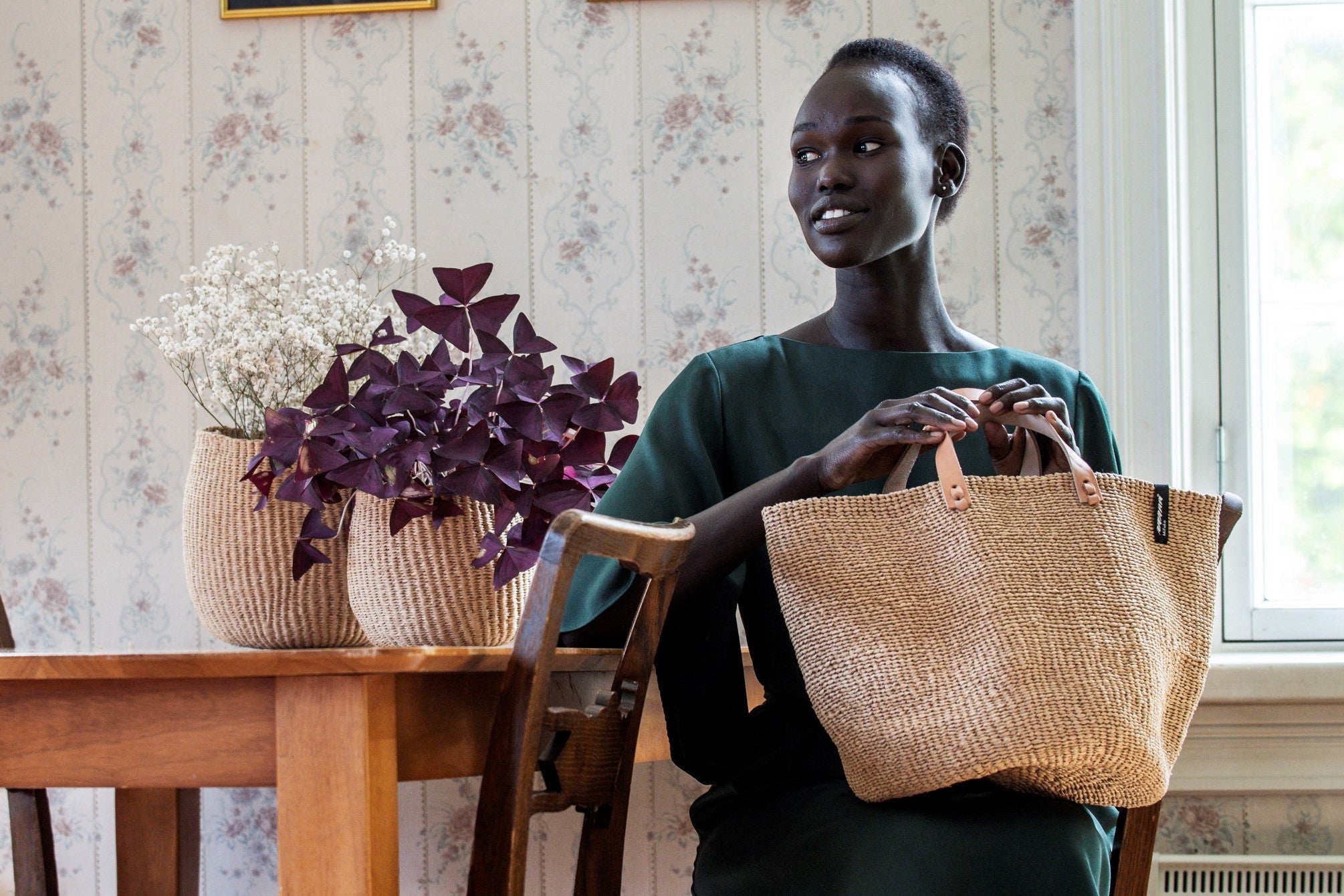From twine to basket, to the warehouse and to the world
The journey of the Mifuko's Kiondo basket begins when an artisan woman in rural Kenya crosses two long strands of twine, or warp thread, with two other long strands. The artisans weave at home when they have time, but at least once a week they meet to work together at the home of the chair of their self-help group. It takes between half a day and two days to weave a basket. Once the basket is complete, it is marked with the name of the artisan who weaved it, and its journey from the warehouse to Finland and from there to resellers and into the customers’ homes begins.
Anita Lintula
Guest post by Anita Lintula, Project Manager at Mifuko Trust.
The journey of the Mifuko Kiondo basket begins when an artisan woman in rural Kenya crosses two long strands of twine, or warp thread, with two other long strands. Using a traditional weaving technique called the lash weave, she weaves two strands over the other pair. Warp threads are added along the way using from 50 to 100 in a basket. This weaving technique is also used in Finland for wall hangings made of wool.
The traditional basket material in Kenya is sisal, which may be combined with twine cut from discarded shirts, for example. Plastic was also commonly used when Minna Impiö and Mari Martikainen founded Mifuko in 2009.
Mifuko baskets in the early years were colourful (red and white, yellow and white) and often striped, resembling traditional Kenyan designs. New colours and designs were added that included black and white. In addition, natural and other light colours such as warm grey and light blue have been used. Naturalness is also reflected in the choice of materials – sisal, paper, surplus wool, elephant grass from Ghana and Tanzanian milulu grass.
PRODUCT DEVELOPMENT IN FINLAND AND KENYA
Mifuko's designers Mari Martikainen and Minna Impiö follow global interior design trends in the process to create new designs. When a new design created, it is sent to Ruth Kalondu, Production Manager at Mifuko’s subsidiary Punonta in Kenya. From there, the Finnish and Kenyan production teams work together to develop the design and plan its implementation. Ruth’s first step is to select a few experienced artisans to make samples. Introducing a new material requires testing and practice, as weaving is different with each material. Working together with the artisans continues until both the Kenyan and Finnish teams are satisfied with the new basket design. Once complete, Ruth organises the necessary training for the artisan women to ensure that the new basket design can be woven efficiently on a larger scale.
The artisans weave at home when they have time, but at least once a week they meet to work together at the home of the chair of their self-help group. The women discuss quality issues and group activities, but also their personal concerns and joys, providing valuable guidance and peer support.
Depending on the size of the basket and the experience of the artisan it takes between half a day and two days to weave a basket. Once the basket is complete, the ends of the baskets are trimmed with scissors, which have also been donated to the artisans by the Finnish homeware company Fiskars. Each basket is marked with the name of the artisan who weaved it, and its journey from the warehouse to Finland and from there to resellers and into the customers’ homes begins.










